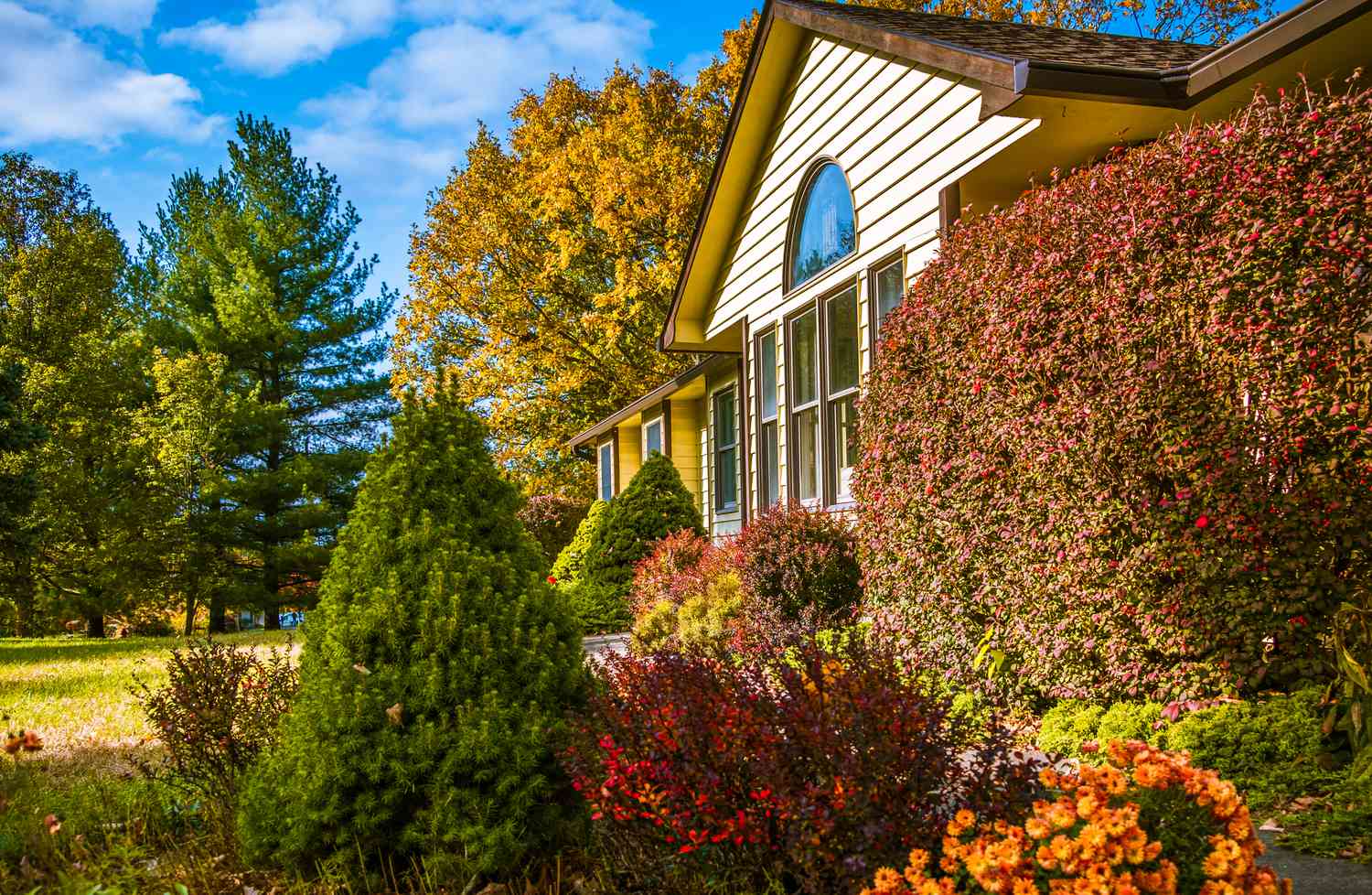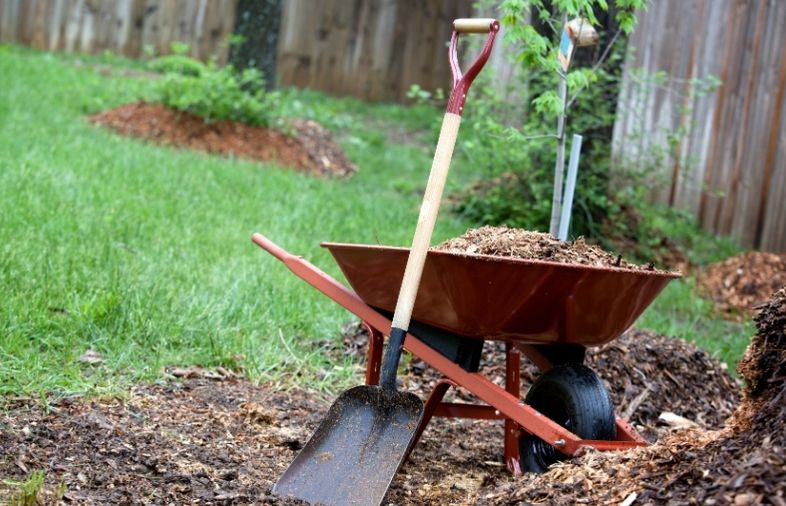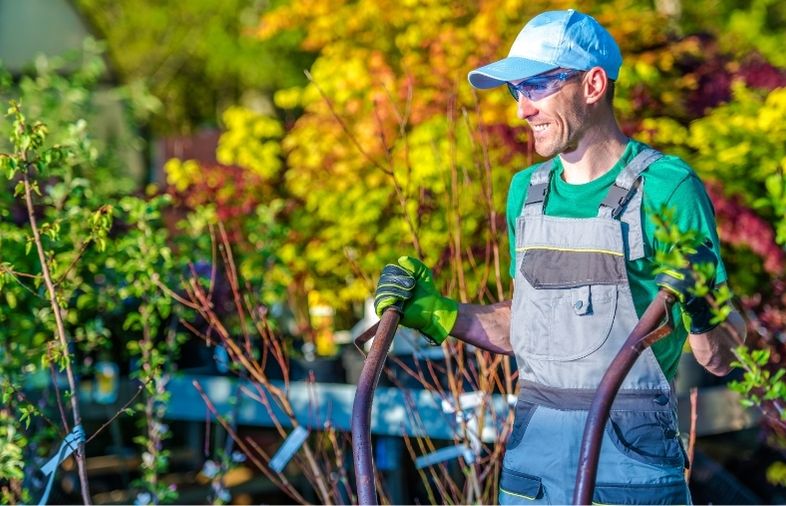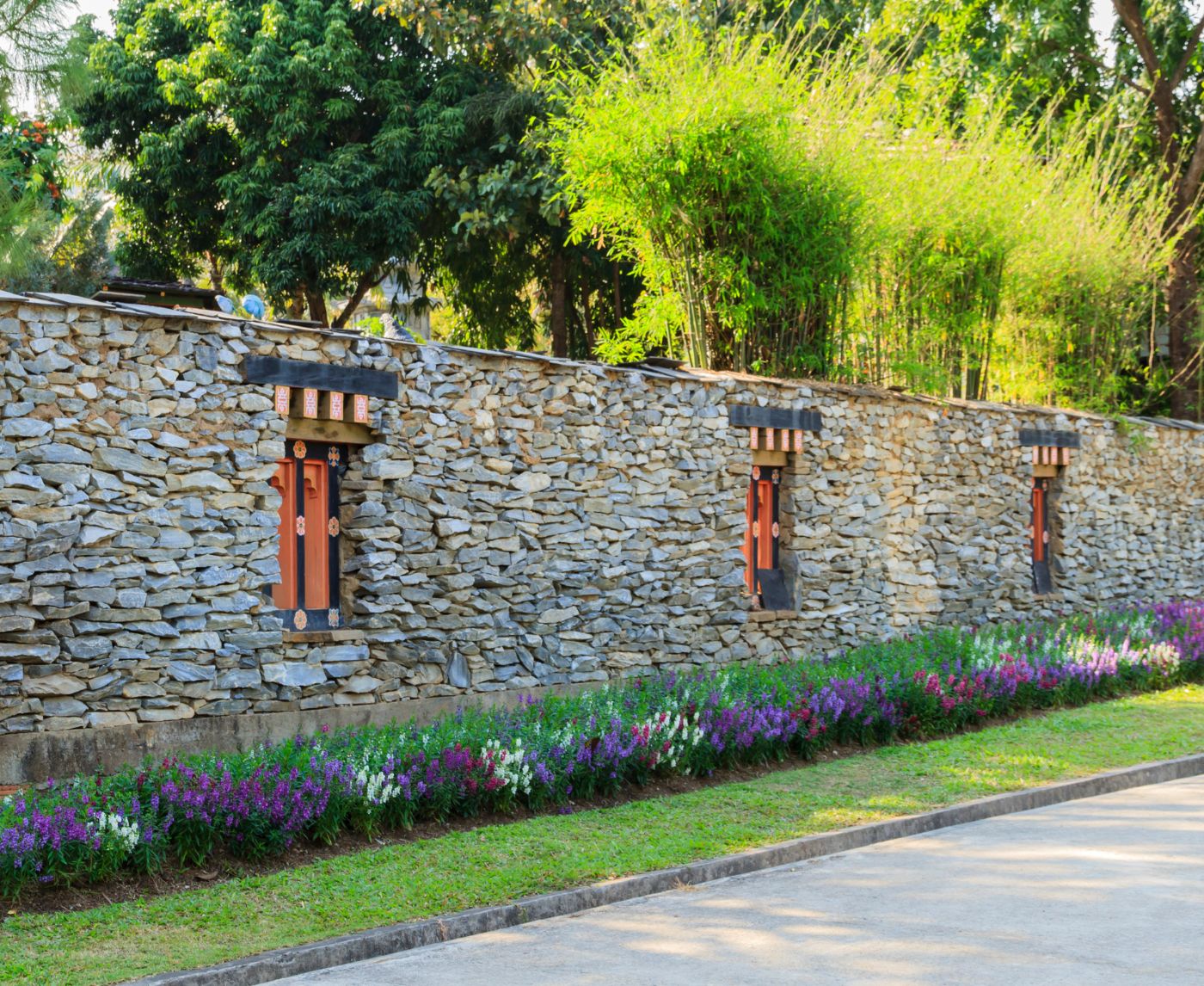August is here, and summer is winding down, and let’s be real — it’s hot! We humans head indoors to escape the heat, but our lawns are left to suffer and look their worst.
Here at JM Baker Landscaping, we’re excited to share our late summer lawn care tips that will give you a lush lawn, save water, and prep your yard for a great fall. So grab your gardening gear, and let’s prepare your lawn for fall!
Check Your Lawn Mower and Tools
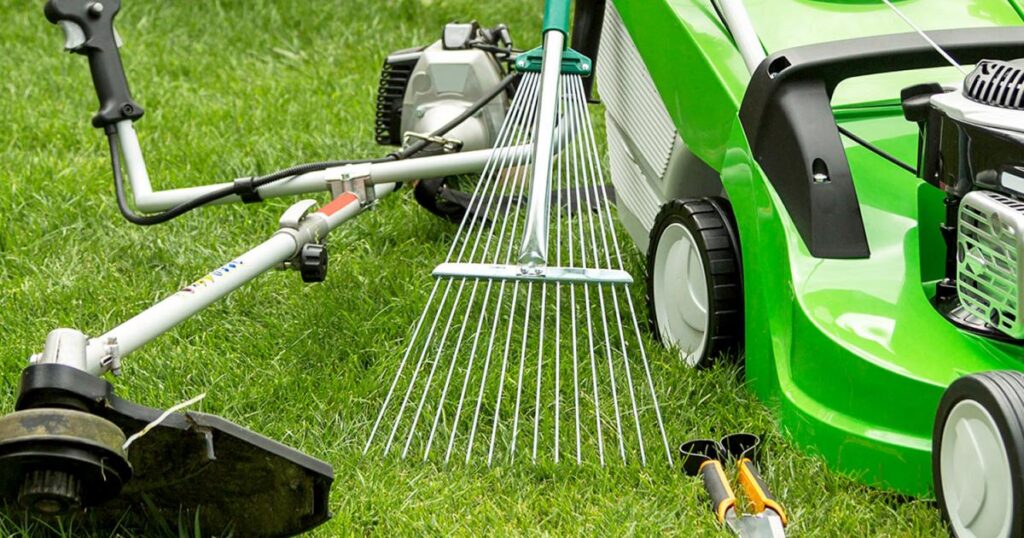
First things first! Before you cut that grass, give your mower some TLC. According to landscaping gurus, you should check the air filter and do maintenance every 50 hours of use.
A clean air filter is like a well-oiled machine! Also, check the blades for nicks or damage. Dull blades will give you an uneven cut and stress your lawn in the summer heat. Sharp tools make a clean cut that prevents damage to your grass.
Mow Higher
One of our summer lawn care tips is to mow higher. Mowing higher promotes deeper root systems so your lawn can hold more water in the heat of the summer. This means less frequent watering—a big part of water conservation in the summer.
Taller grass can handle the sun better and will brown less and be more vital!
Create a Watering Schedule

Speaking of water, let’s talk about that! A watering schedule can be a game changer for your lawn.
During this transition period, about a quarter inch of water a week can make a big difference. Water in the morning to minimize evaporation and fungi. This summer lawn care tip will keep your grass happy and healthy.
Aerate and Seed
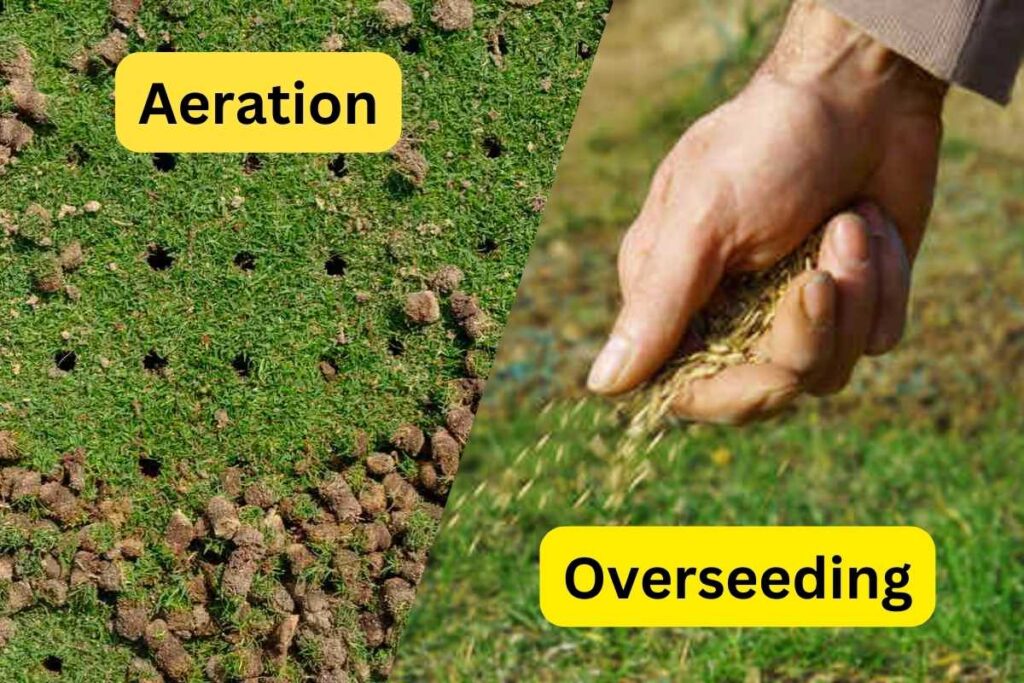
Now is the time to think about aerating and seeding. As summer stresses your lawn, aerating allows oxygen and water to get to the roots better.
Removing those soil plugs not only gets rid of thatch but also prepares the ground for overseeding in the fall. If you have bare spots, lightly rake in the seeds and they’ll germinate when the fall temps cool down!
Fertilize for Recovery
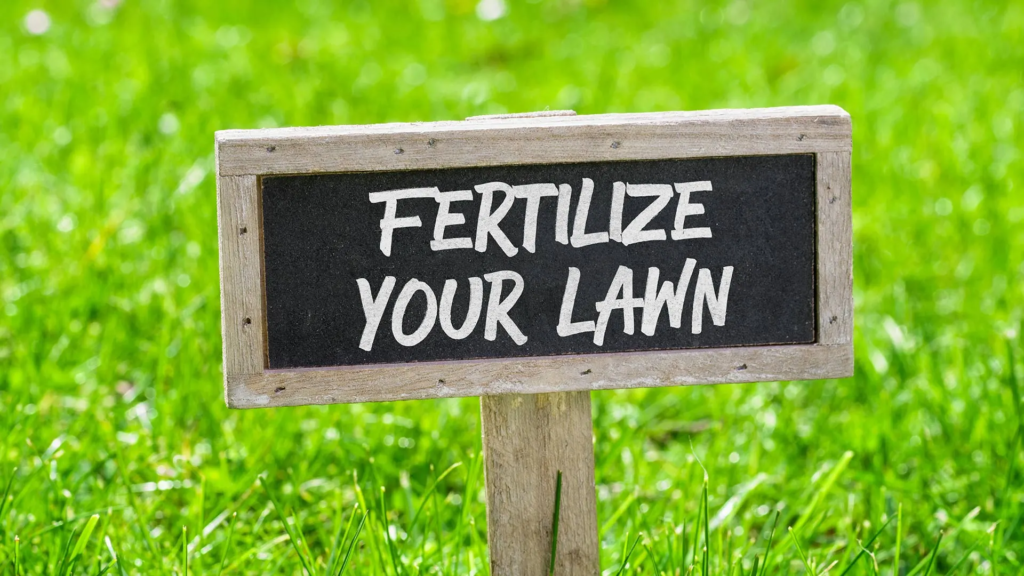
August is a great time to apply a light layer of fertilizer. This is a critical step to help your lawn recover from the summer heat and supply nutrients just in time for fall. E
ven if your grass looks a little brown on top, remember that amazing things are happening underground! The nutrients you apply now will help with a big recovery when the temps cool down.
This is another one of the late summer services we offer.
Pull Weeds and Debris
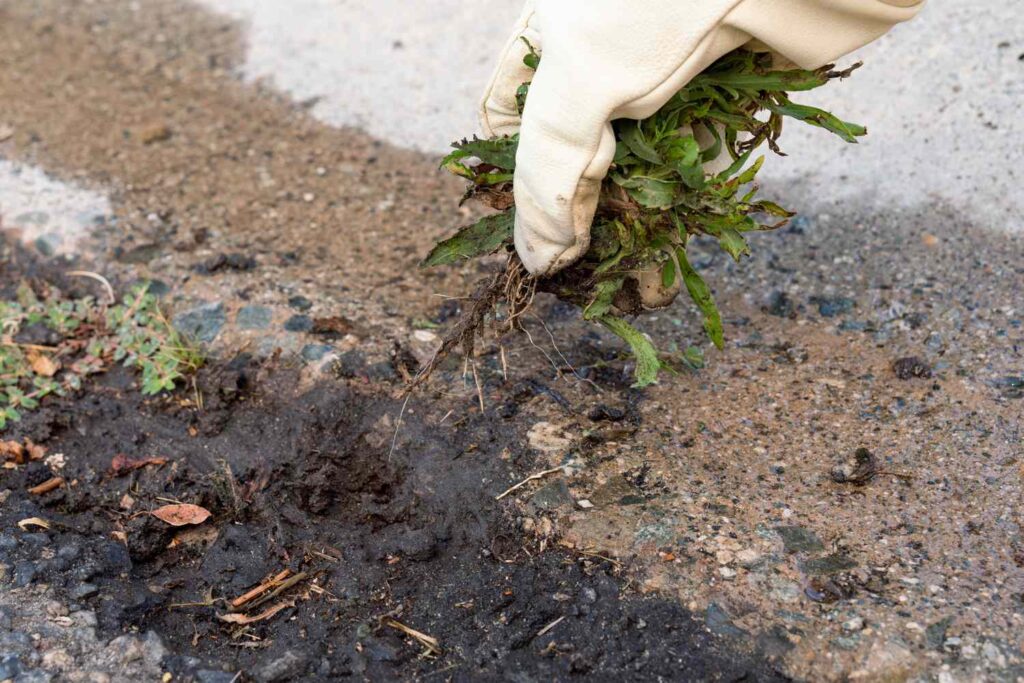
An often-overlooked summer lawn care tip is to stay on top of weed control. By pulling weeds regularly, you prevent them from stealing nutrients and water from your plants. Plus, deadheading fading flowers and trimming back overgrown bushes will encourage new growth and keep your garden looking tidy.
As August goes on, you’ll start to see leaves falling—use this as an opportunity to clear away debris so it doesn’t pile up and create mold, pests, and fungus.
Clean and Maintain Your Tools
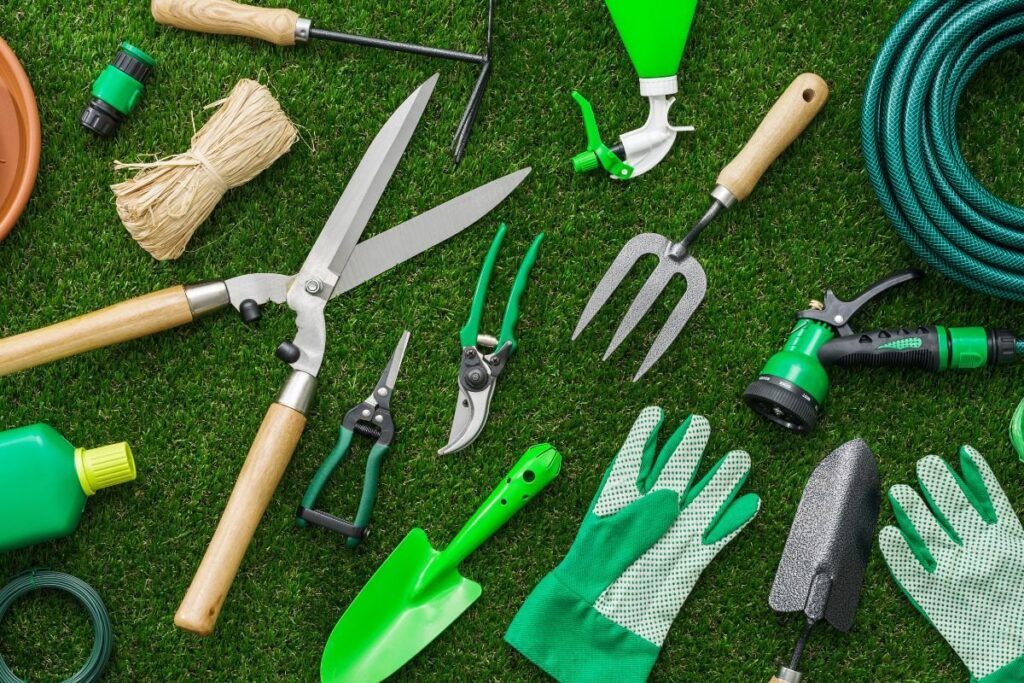
And don’t forget the tools that help you get to your dream landscape! Give your tools some TLC with a good cleaning and sharpening so they work smoothly. Check for repairs, oil moving parts and store everything away. Taking care of your tools makes lawn care a breeze!
Start Taking Care of Your Lawn Now!
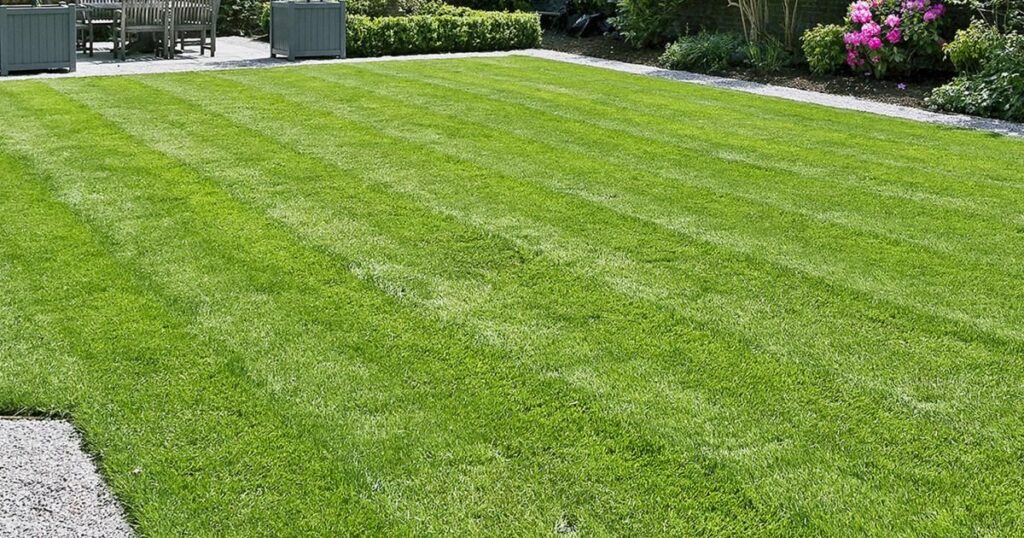
As we say goodbye to summer and hello to fall, taking care of your lawn in late summer will pay off big time. By following these late summer lawn care tips—from checking your mower to creating a watering schedule—you’ll have a healthy and beautiful outdoor space.
Let’s conserve water and get your lawn ready for fall together! At JM Baker Landscaping, we’re here to help you every step of the way. Contact us Today!
FAQs
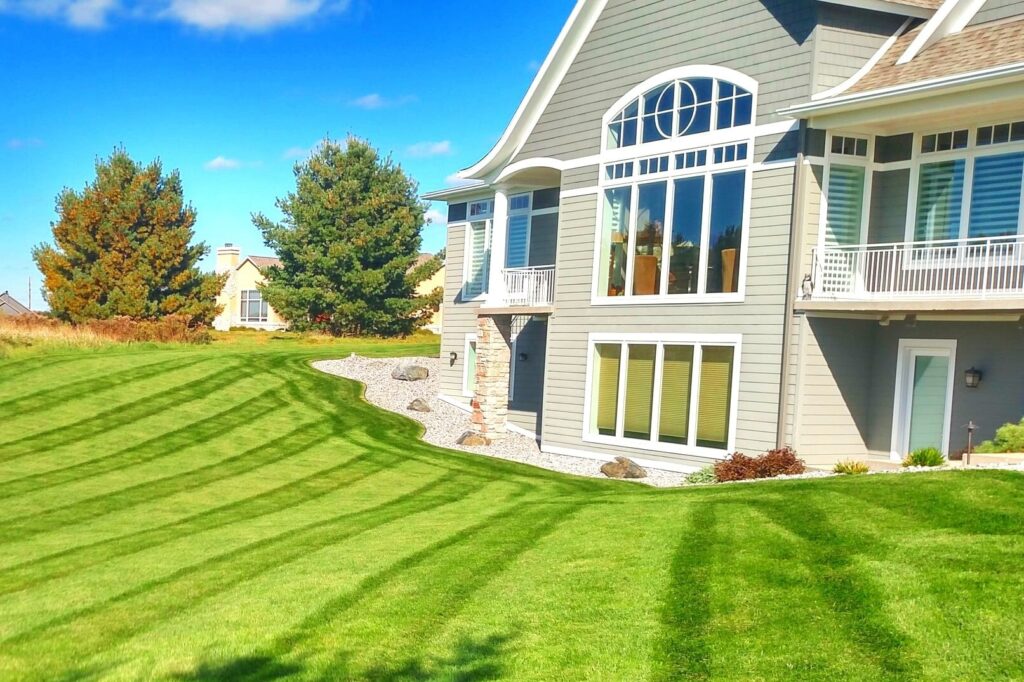
My lawn is brown in late summer; what do I do?
If your lawn is brown it could be heat stress or drought. Implement a consistent watering schedule and provide about a quarter inch of water a week. Consider mowing higher to encourage deeper roots and conserve moisture. Lightly fertilize to help stimulate recovery.
When should I aerate my lawn?
Late summer is a great time to aerate your lawn especially as it prepares for the cooler fall months. Aeration relieves soil compaction allowing nutrients, water and oxygen to get to the roots better. If you have bare spots, overseed after aeration and you’ll have a better chance of germination as the spikes dig deep for nutrients to enter.
How often should I mow in late summer?
Mowing frequency will depend on growth rates; every 7 to 14 days is usually sufficient. Mowing higher helps promote deeper root growth and reduces watering. Always use sharp mower blades for the cleanest cut, as this minimizes stress on the grass.
What type of fertilizer should I use in late summer?
Choose a balanced fertilizer with nutrients to help your lawn recover from summer stress. Look for a slow release formula that will provide steady feed. Apply it in late summer and it will prepare your lawn for fall and help it build strong roots for the coming winter.
How do I know my lawn needs more water?
If your grass is wilting, changing color to a dull or brownish tone, or doesn’t spring back when you walk on it, you need to adjust your watering schedule to help with water absorption.

